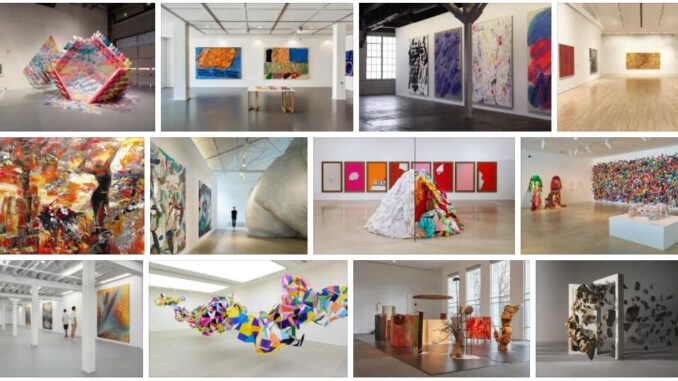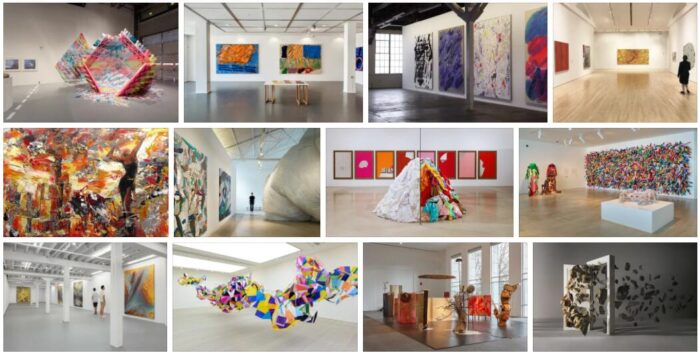
To define this concept we must clarify in advance the meaning of the terms that comprise it: art and contemporary.
Art is a term that comes from a Latin word that refers to man’s creationsto express his sensible vision of the real or imaginary world through the use of plastic, sound or linguistic resources.
Contemporary is a word that refers to what belongs to or related to the time in which one lives. Those who lived in the second half of the eighteenth century, for example, were contemporaries of Wolfgang Amadeus Mozart, but not those who were born in the twentieth century.
After this parenthesis we go on to define the unified concept. Contemporary art is defined as all artistic works produced in our time. Of course, this definition will depend on who pronounces it. The art produced in the 14th century was the contemporary art of the people who lived in the year 1300.
The contemporary, however, can be understood in different ways. For some specialists, contemporary art is that which emerged in immediate history (in recent decades). For other experts, contemporary art is understood as that developed from the Second World War (1945). A broader version of the notion extends contemporary art throughout the entire 20th century, and there are even those who believe that contemporary art is what emerged in the Contemporary Age (which began in the late 18th century)). This means that, depending on who uses the concept, there are certain variants that may appear around the date that is being discussed.
But surely the most general definition refers to contemporary art as that produced in the last century. We will thus find very diverse currents and styles that coexist; such as expressionism, cubism, dadaism, surrealism, pop-art and conceptual art, with references such as Henri Matisse, Pablo Picasso, Piet Mondrian, Marcel Duchamp, Salvador Dalí and Joan Miró.
Contemporary Art: Before and After
We must clarify, however, that these currents that emerged in the 20th century were the result of the tendencies carried out since the 19th century. In fact, these new types of expression, Impressionism and Post-Impressionism, are considered as starting points. From which emerged the most prominent avant-gardes of the following century: Fauvism, Futurism, Expressionism, Dadaism, Cubism, Constructivism, Surrealism and Neoplasticism.
At this point it must be said that among all these currents there are common elements regarding ideology; in that desire to innovate and give art a different space than it had until then. However, it differs in the aesthetic purposes that each trend pursued.
Contemporary art was characterized by denying the past and looking for a form of expression that would break with all that had been proposed so far, they no longer dedicate themselves to imitating the great referents of art, but to create new forms, to interpret starting from a space virgin where color and shape acquired powerful qualities.
What we can say is that although it is important to point out that things were not so well because something absolutely detached from the known cannot be created: we build on the basis of what we already know, we correct, we remake, always from the known.
These aesthetic currents arose before the Second World War and, after it, there was a new resurgence of contemporary art, spearheaded by new currents, including collecting, thanks to which art becomes a work for speculation. Also located at this time is the Abstract Expressionism that would close with the currents linked to Modernism. In the middle of the century there is a new change in society that will be reflected in a new way of creating, Postmodernity.
